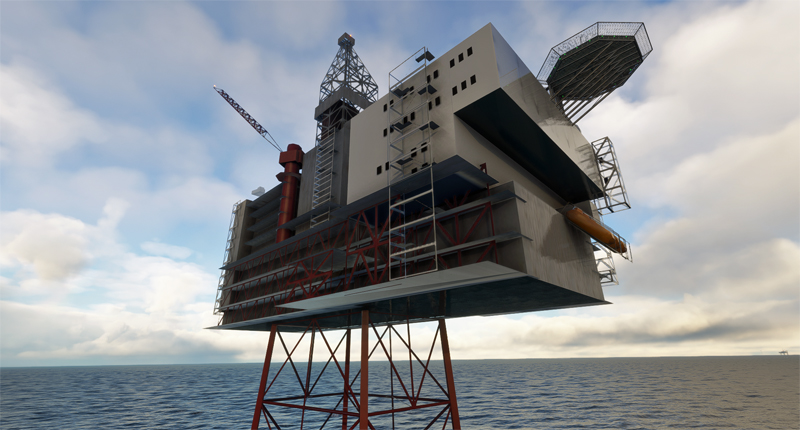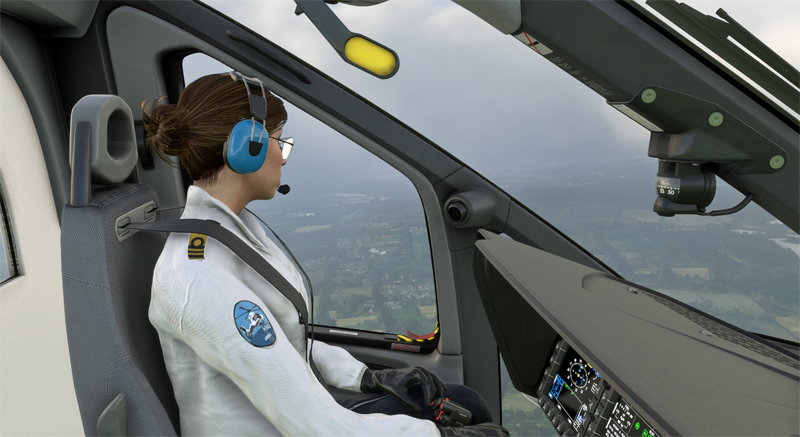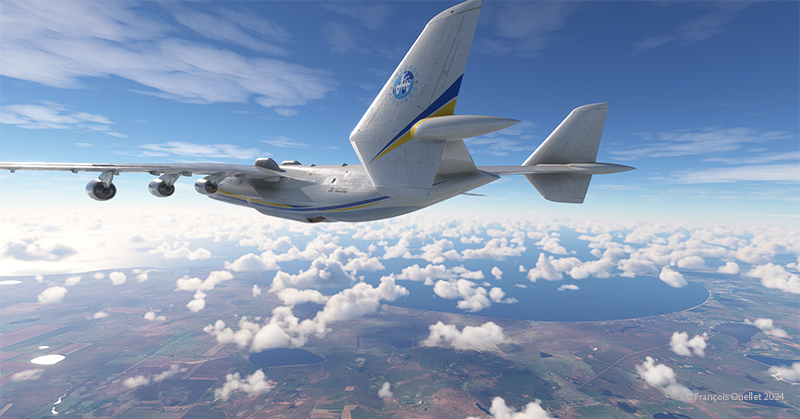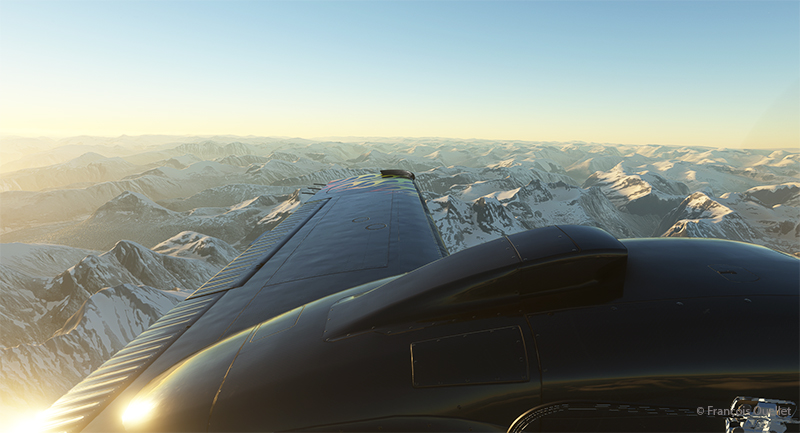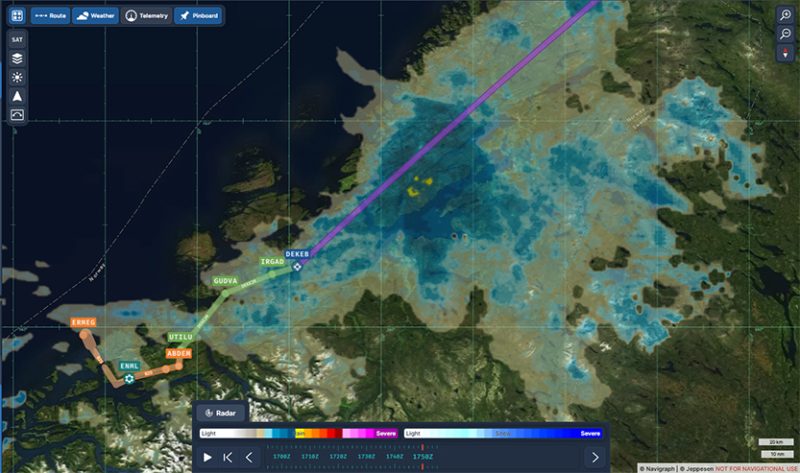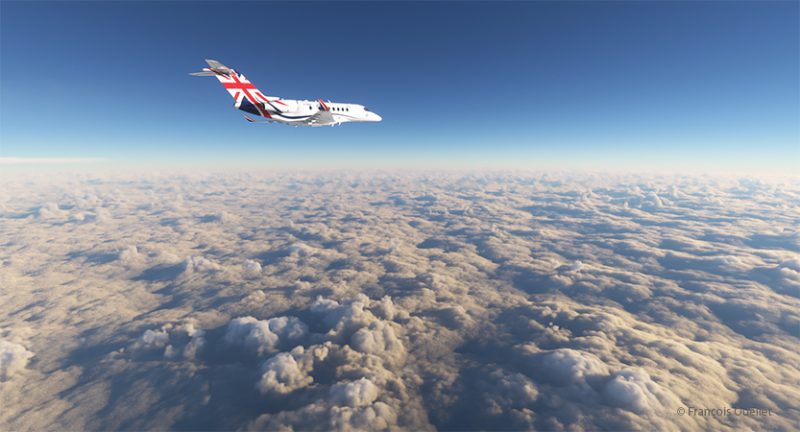The flight simulation world tour continues with a Britten Norman BN2A Trislander MK III. The initial version of the aircraft is not particularly reliable. There have been engine failures, fatigue cracks in the structure, cowlings opening unexpectedly, etc. Nevertheless, we’re going to try our luck with this aircraft today.
The sandy runway at Barra beach (EGPR) is perfect for a take-off with the BN2A. Today, we plan to fly to Donegal Airport (EIDL) in the Republic of Ireland.

With a three-engine aircraft, pilots don’t take into account the distance to shore in case of engine failure. But if we were flying a single-engine aircraft, we’d have to head for Tiree Island at the highest possible altitude, then turn off towards Donegal.

In all realistic virtual flights, a program injects weather data received from airports via the Internet directly into the flight simulator.
For the past few days, the weather in Ireland and Scotland has been nothing but fine. I was expecting rain and low clouds, but it’s been just the opposite.
So, for the time being, the fine weather is making it easier to plan flights over a very large area. Below you can see the rockier landscape around Donegal airport.

The Trislander is now on final for runway 21 at Donegal. Light winds make the approach easy. No part of the aircraft has been lost on the way!

The airport staff have already brought out the suitcases for the next flight. Way too much luggage! They must have mistaken the Trislander for a Boeing 737. Aviation rules are strict. I don’t know if the passengers bring back too much shells or beer bottles with them, but some of the suitcases won’t be leaving today!

In the evening, a virtual drone flies over the area to observe the cliffs and numerous wind turbines.
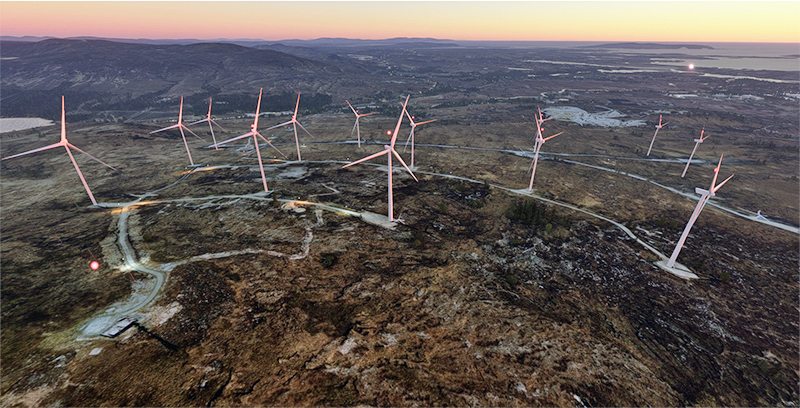

Leg 18 of the world tour will take place between Donegal Airport and the Isle of Man, using a Nardi FN-333 Riviera and Microsoft Flight Simulator 2020.
Click on the link for more flight simulator flights around the world on my blog.














